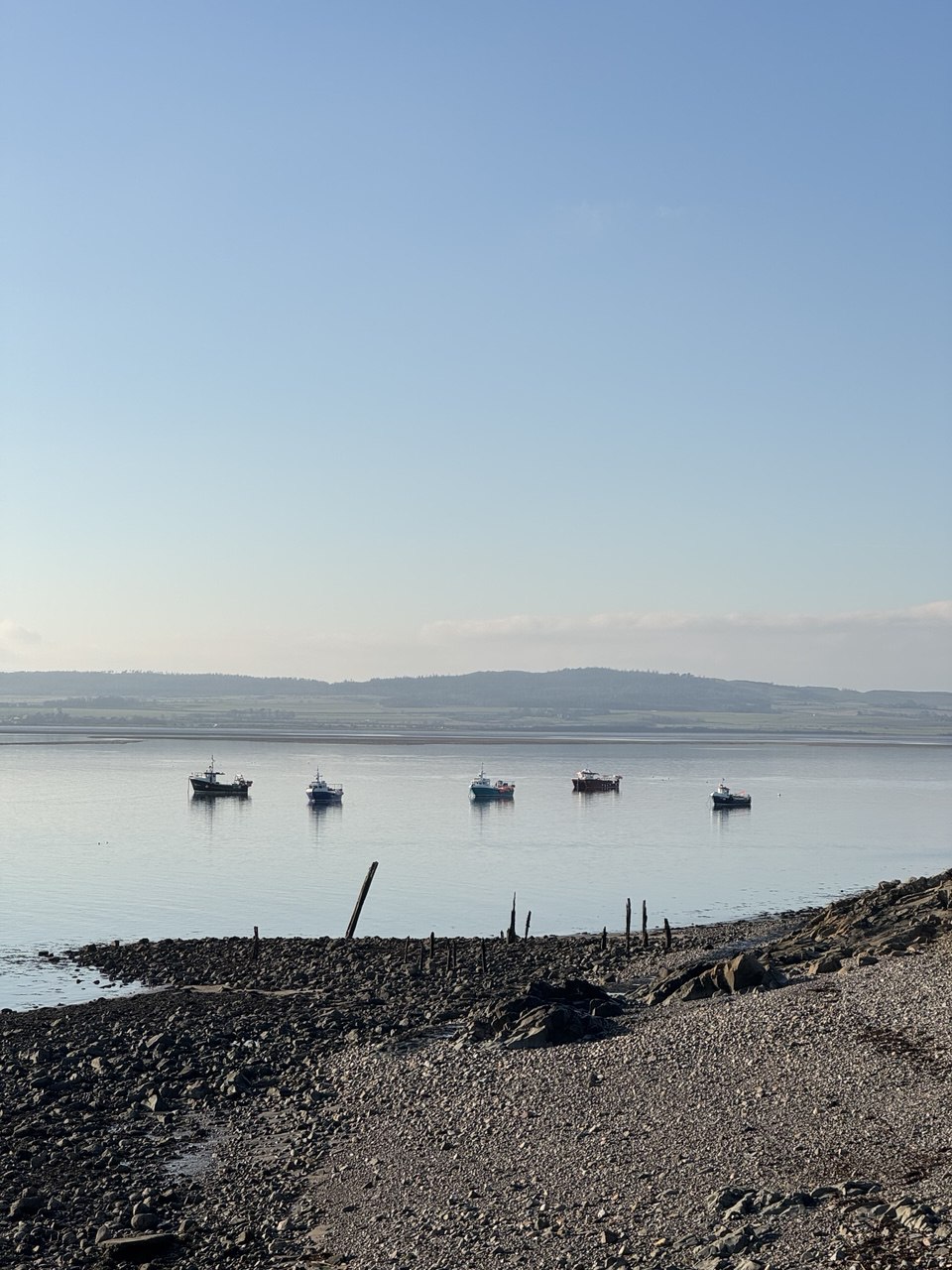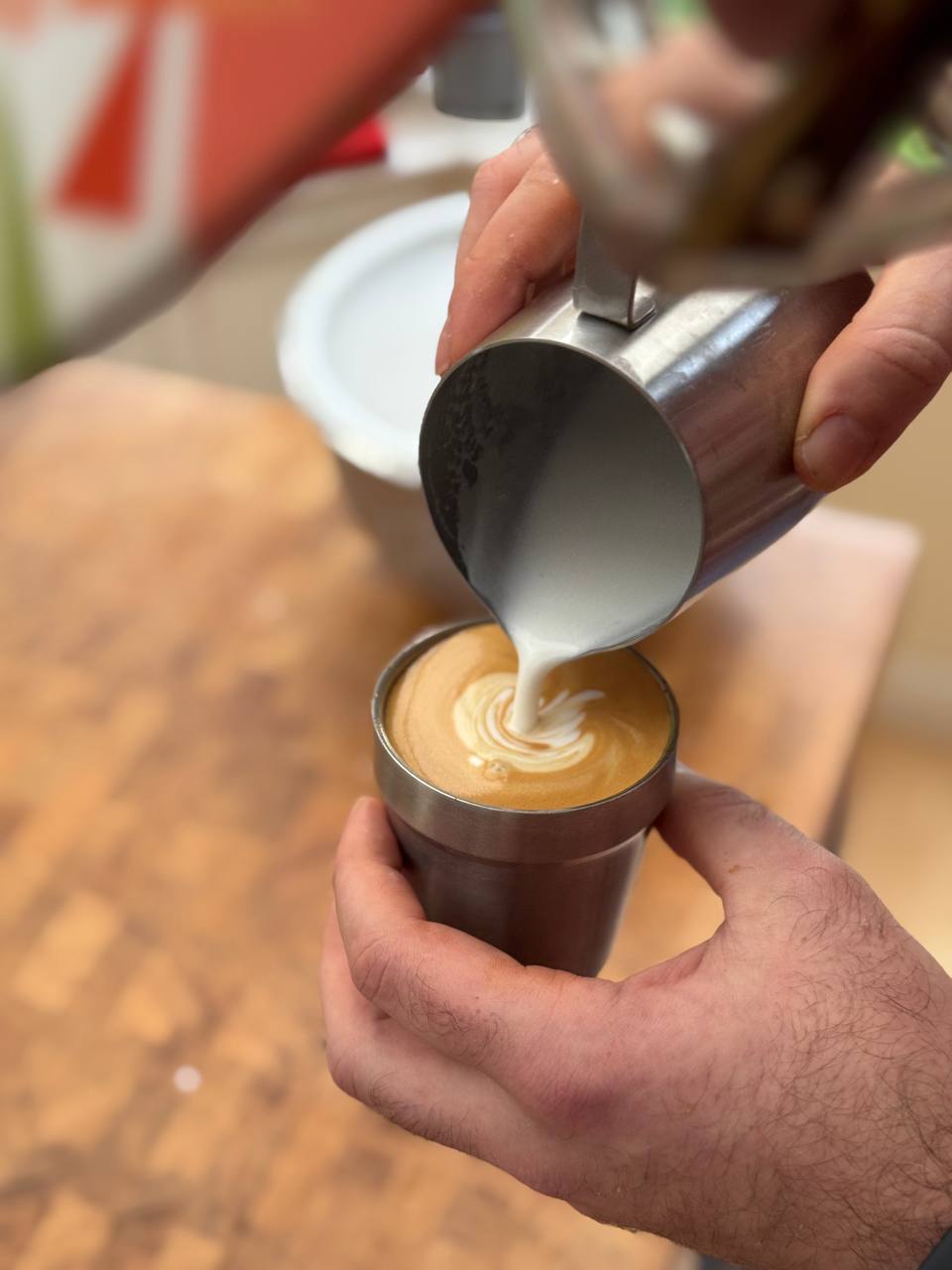|
Your weekly crème de la crème of the Internet is here!
21.02.2023 (read in browser)
This is the 136th edition of the newsletter, and as I mentioned recently while most of emails now require a paid subscription, once a month I will be sending out a free edition – this is it.
If you'd like to receive this newsletter every week, as well as get access to an archive of all previous free and paid editions, you can do it here.
Since the previous email you've missed three newsletters:
-
#133 on doughnuts, where I make doughnuts from scratch, discuss geek (sic!) myths, and surprise myself with a self-improvement book.
-
#134 on strikes, where I go to Newsies the musical, make Winter Chanterelle martini, and learn about cinema pickles.
-
#135 on Plymouth, which I was meant to send last week but got carried away so will send in a few days: you still have time to subscribe to the paid tier and get it straight to your email.
-
Intro
Whatever is on my mind this week.
-
Things I enjoyed reading
Ten-ish articles I found worth reading.
-
Things I didn't know last Tuesday
Ten-ish facts I didn't know when I wrote the previous edition.
-
Book of the week
Some thoughts on the latest book I've read.
On Dartmoor
We've spent the last week in Dartmoor, which is in the South-West of UK, and it was a very calming and tranquil experience.
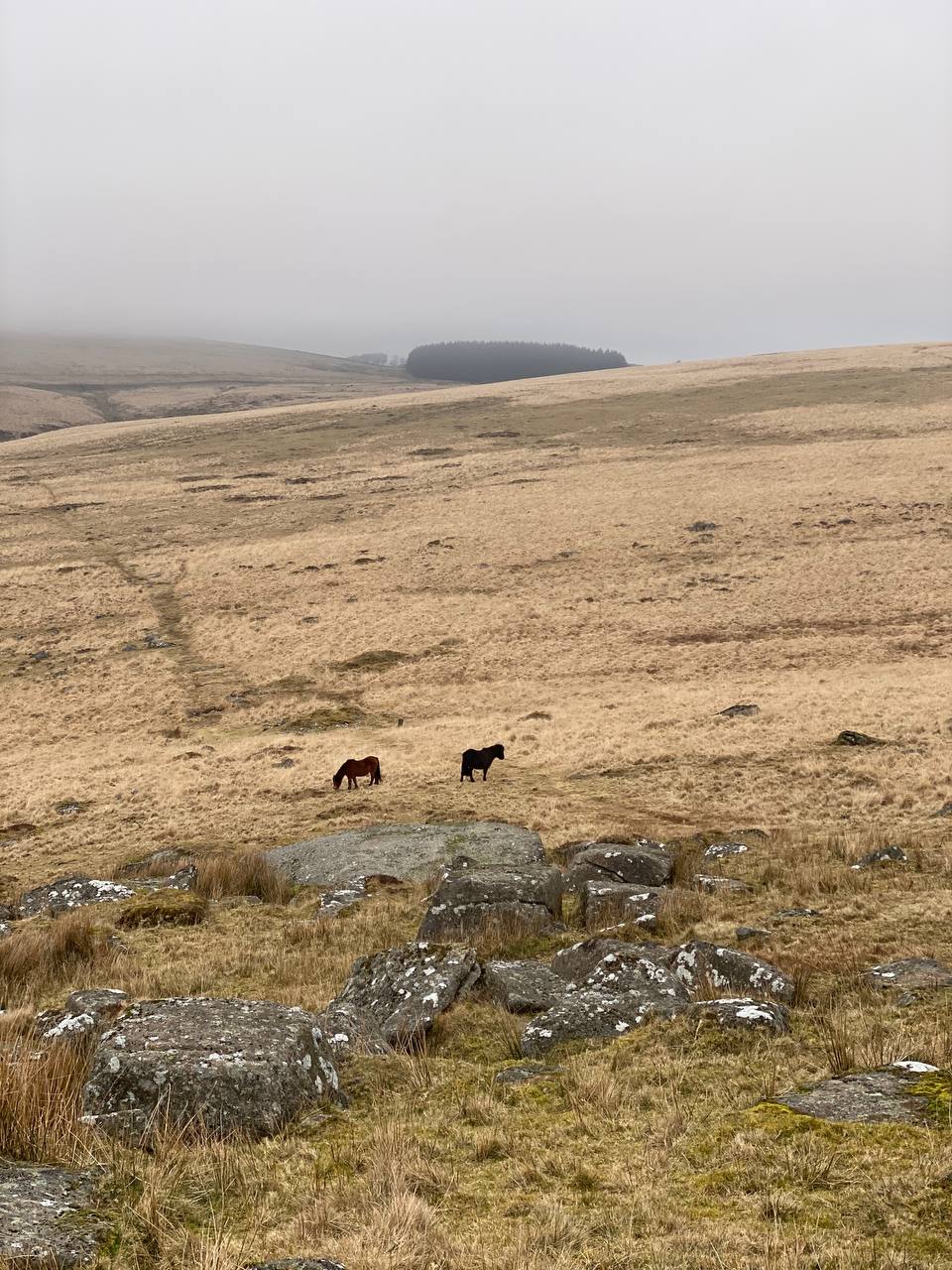
We didn't meet many people while hiking, so had the chance to explore the surroundings without any disturbance beside an occasional drizzle.
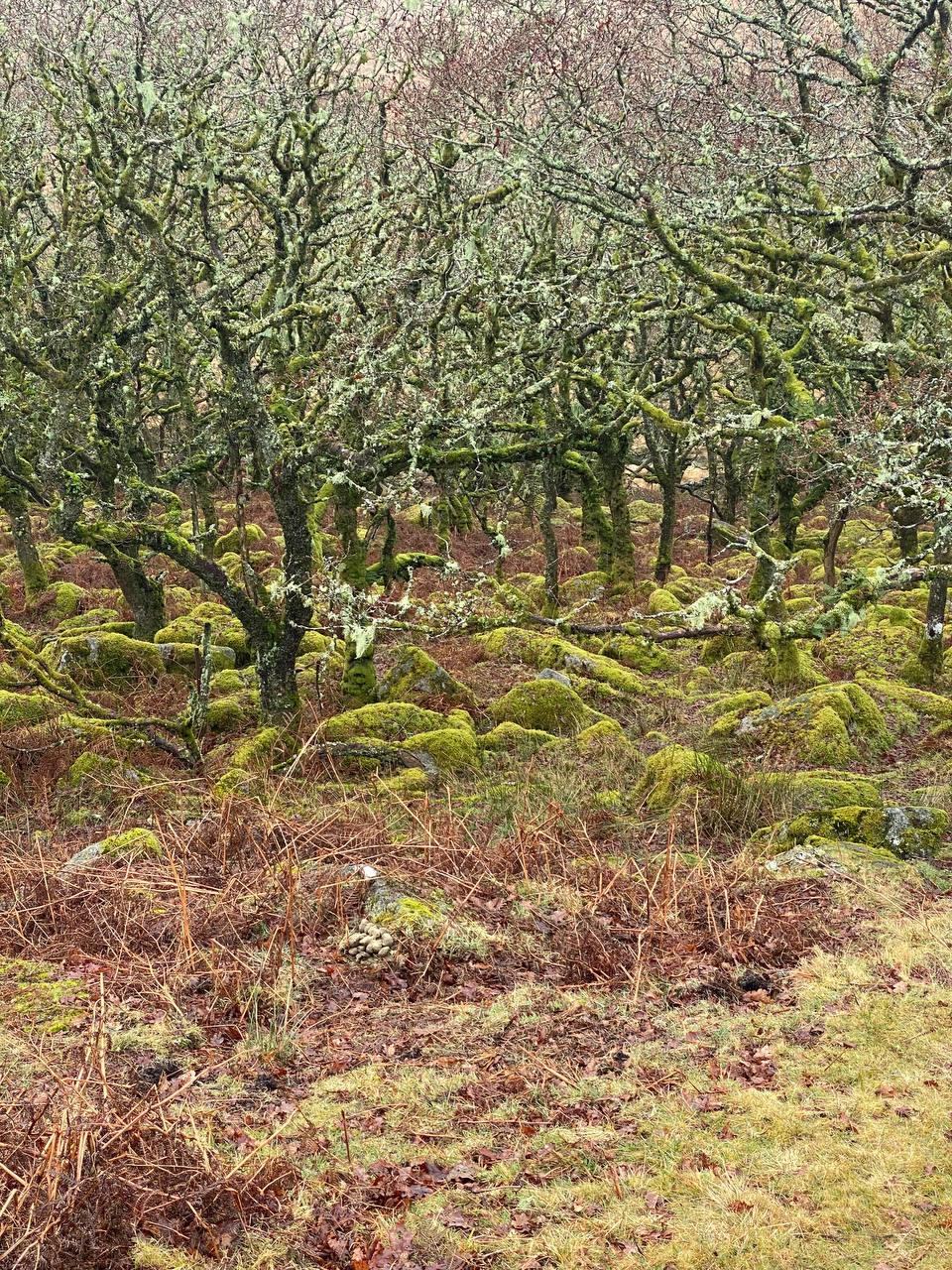
And while the weather occasionally was either very foggy or rather wet, the views were breathtaking.
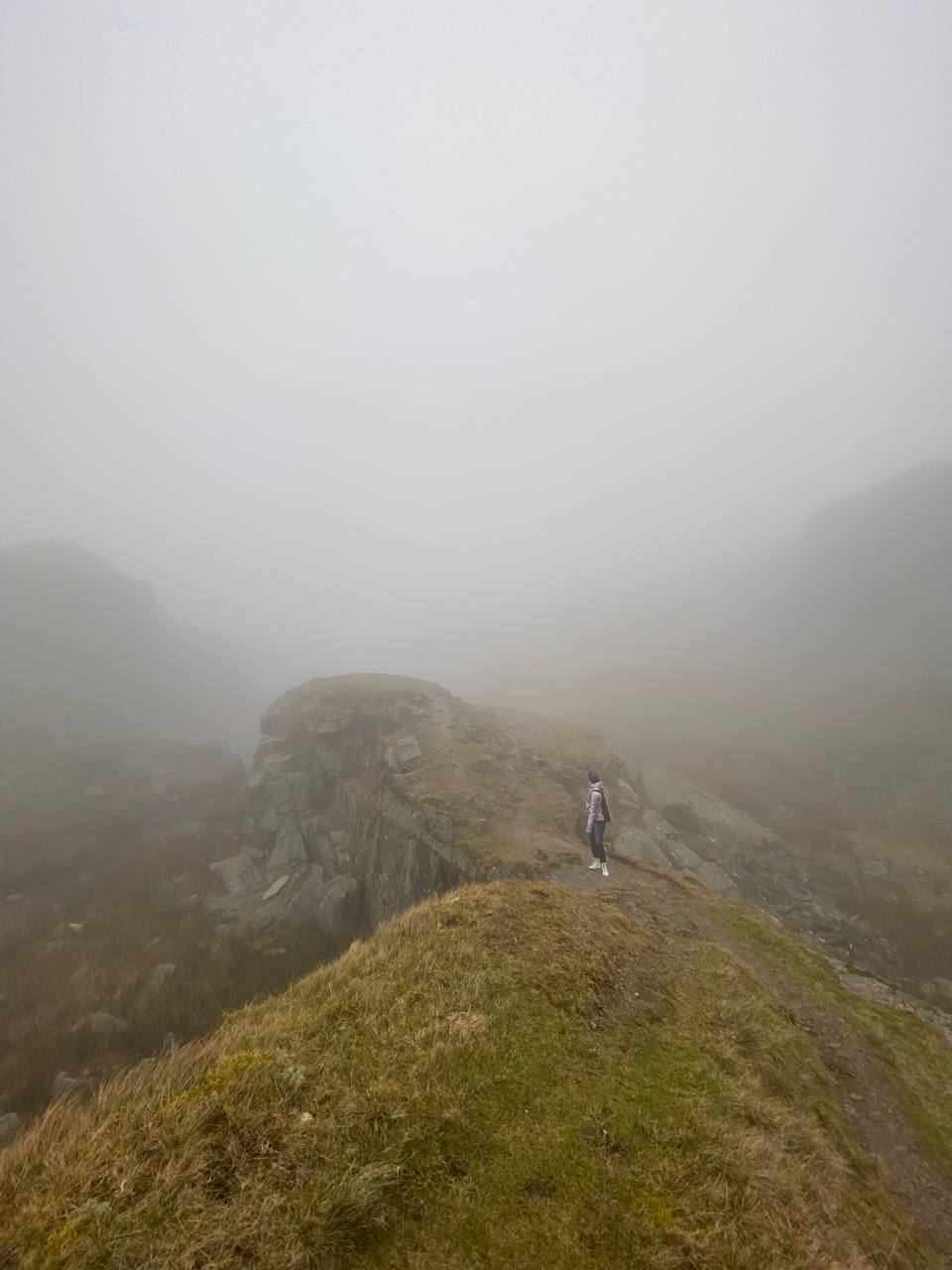
I am not sure if I'd like to live in the area for a long time, but I can see why so many people do.
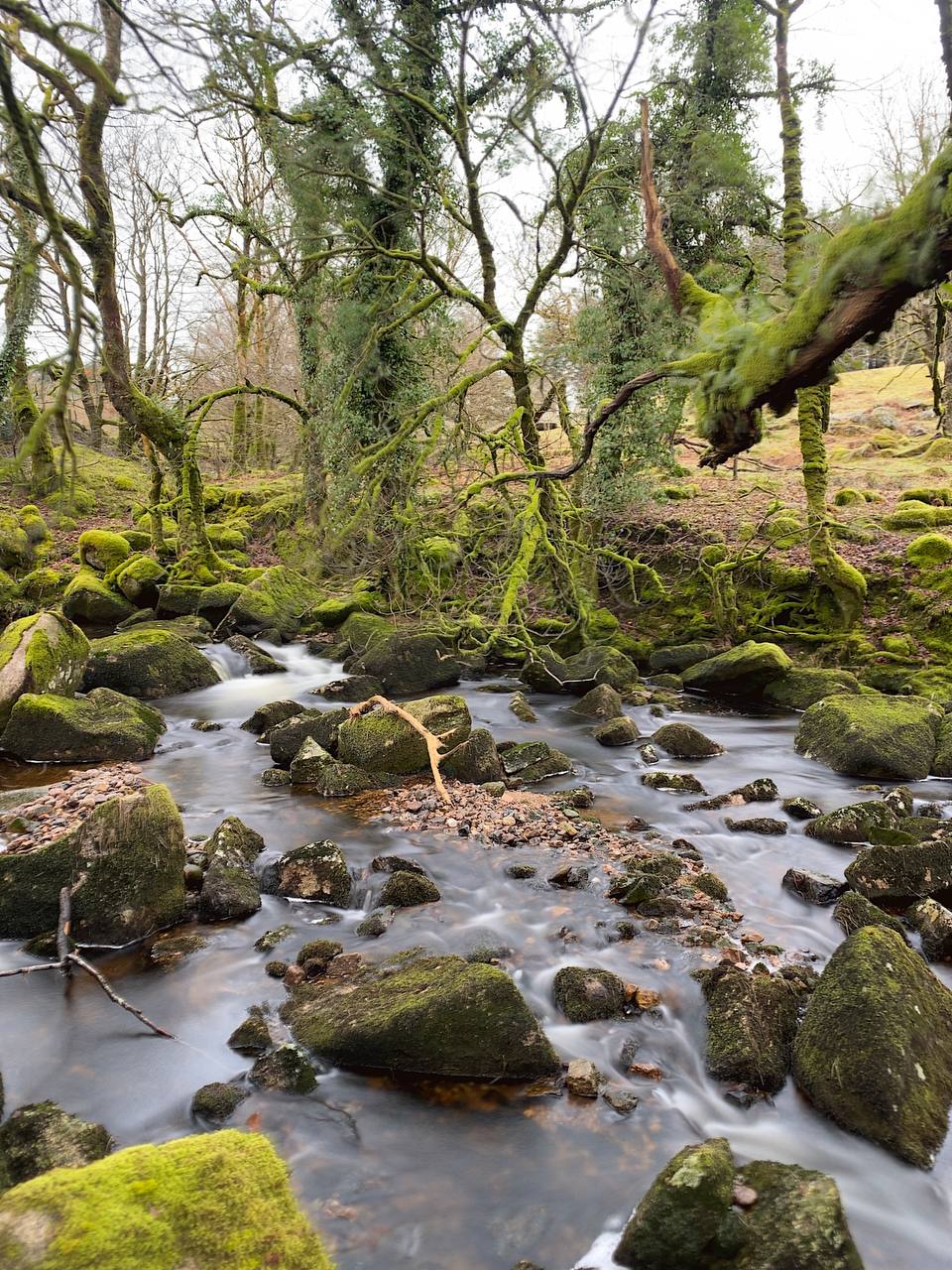
Also Cornish pasties are delicious and I can't wait to make them at home.
Things I enjoyed reading
A very interesting take on taking notes (see what I did here?):
The purpose of the various journalling tactics as well as some of the mapping tactics (like the evidence board) is to get you into the habit of reframing and contextualising your thoughts, your reading, and your ideas. By reframing them in words (or sketches) you integrate them which makes them available to your thinking and decision-making processes. If you don’t integrate what you collect, are just building an ever more intimidating database of opaque words and alien ideas.
And while it occasionally shifts towards specific tools, I really like the way the author approaches how different kinds of notes require somewhat different processes around their creation, storage, and concumption.
Writing code is way easier than thinking how to scale it up or maintain for years to come, and there are not so many companies out there who can brag about iterating on the same app for more than a decade.
By 2015, Meta had doubled down on its “Mobile First” mantra, and the FBiOS codebase saw a meteoric rise in the number of daily contributors. As more and more products were integrated into the app, its launch time began to degrade, and people began to notice. Toward the end of 2015, startup performance was so slow (nearly 30 seconds!) that it risked being killed by the phone’s OS.
What's pretty cool is the way they solve some of the problems that "ordinary" apps probably will never face, ranging from custom scripts to compile dependencies to the sheer amount of code they deal with.
I've never been to Trieste but now would love to visit given its history.
A formidable polyglot with a broad knowledge of European literature, Larbaud described Trieste’s consummate Europeanness just when the city’s peace was about to unravel, and with it the liberal democratic hopes of the long nineteenth century. If modernism found such fertile ground in this deepwater port with little more than thirty-two square miles to its name, it was perhaps because Trieste seemed to encompass the whole continent, bringing the Mediterranean South, the Germanic North, and the Slavic East together in the increasingly fragile promise of a borderless future perfectly suited to the utopian internationalism of the modernists who moved there. It was precisely this early vision of a transnational Europe that World War I would shatter, leaving many who had known Trieste’s fertile coexistence nostalgic for the social and cultural complexities of an empire for which, politically, they had scant appetite.
That being said, I am pretty sure there are many border towns that could boast a similar story, as the mixture of languages and cultures always leaves its mark.
I actually shared this link a few weeks ago, as I just learnt about anti-fatness drugs, but following a converstion with friends about this new London establishement, Straker's, I figured you all will only benefit from reading the review in full.
I invited my old friend Max, one of the last people I know who still lives in that part of the world and is, himself, pretty much “peak Notting Hill”. He takes that weight loss drug they all take, for example, which suppresses their appetite by about 20 per cent (which he buys online from China in the form of weekly injections), and he not only has a personal trainer but shares him with Thomas Straker. Though from the look of his social, Straker is seeing him a bit more often than Max. Max has also been to Straker’s before, naturally, and tells me it’s terrific.
“George!” he yodels gaily as he flings open the door into the tiny, quiet, overfilled room, stuffed with tiny Japanese girls in matching outfits taking endless photos of their food because there is no room for it in their flat little tummies, which are on show between baggy Moschino tracky bums and crop tops.
The "tiny Japanese girls" the author mentions are actually not a myth and fill pretty much any new restaurant in the city faster that they open reservations. No one knows why though.
Art thrives in constraints and this is a yet another example: by simply observing ants one can find inspiration and create movies (I am not talking about Marvel now):
For her third film, Chalmers found a large colony that sent ants out each night. A smaller, neighboring colony had arrived at the opposite strategy, sending its ants out during the day and getting them home before nightfall. At night, some ants from the two colonies crossed paths; at the spot where they’d meet, she set out a white sheet and lights, then recorded the ants as they fought. As moody music plays, the film shows hordes of small ants ganging up on lumbering soldiers many times their size. The ants mince each other until only scattered piles of bodies and limbs remain. “You had this David-and-Goliath situation,” Chalmers said. The film is less than four minutes long, but the battles she watched would last for hours.
As a dutyful fan of Noma I also must point out that ants are a great source of flavour.
We've recently watched the movie Babylon about yearly years of cinema industry, and these were some wild years indeed. This article refers to a slightly later period, but reflects the time quite good as well.
The unveiling came after the last bite of cheesecake. United Artists’ 46-year-old vice president Max Youngstein stepped forward as the lights dimmed. This would be the mightiest motion picture ever made, he declared, the first live-action film to use Super Technirama 70, which would provide a more cinematic experience. Youngstein pulled a cord and revealed the colossal canvas, a rich tableau featuring Yul Brenner as Solomon, the Israelite king, preparing to enter battle, and Gina Lollobrigida as the seductive queen Sheba, in a moment of intimate contemplation. Applause broke out in the room.
But the best part of the story is not quoted here so you have to read it for yourself; it's about the current owner of the painting bidding on it at an auction more than fourty years ago, while being stoned and drunk simultaneously.
I hate push notifications and for that reason keep my phone on mute and Apple Watch on a bedside table. Some notifications might bear pleasant news, but the most important text is usually cut off anyway, so not much point in seeing them either. There are, however, useful ones, and yet no one seems to send them.
Or I want to have a notification when a sum of my home appliances (like a wash machine) consumption is above 1.5Kwh, but only if this happens for more than 5mins.
Or a push when the temperature in the bedroom is low, but not after few minutes (that means I’m only changing the air), only after 30 minutes (that means it’s cold or I forgot the window opened). Or the same when the CO2 in my bedroom is above 1000ppm for more than 1 hour, and more important, I want to know when it goes back below 1000ppm (translated, when I open the window to change the air).
This post is one in the series of build a home network of IoT devices capable of many wonderful things, including those useful push notifications. Maybe one day I will have a few weeks and my own property to implement them as well.
I really like the beginning of this decade-old article:
On a recent summer evening, on the second-floor suite of the Refinery Hotel, in midtown, Yoko Ono, who is eighty but looks sixteen, was perched on the edge of a couch wearing very dark black sunglasses, a military-style black denim jacket, and a fedora jauntily cocked to one side.
It's hard to believe that now Yoko Ono is ninety years old. Here is for many more to come.
A somewhat belated Valentine's Day post on herbs and potions the ancient folk used to... ignite love.
Elferink explains that the Spanish compiled less extensive information about Inca aphrodisiacs, but that culture clearly also used a number of plant and animal products to promote love and desire. For instance, chilis normally used to flavor food were understood to have aphrodisiac qualities when used in large amounts. Other Inca aphrodisiacs included certain insect larvae, as well as the yanta-yanta bird, which, like the Aztecs’ temolin, was highly toxic and extremely dangerous.
I am not surprised by chilies at all, but peanuts and larvae sound like a tough call.
I rarely pay attention to tickets these days, but the rail ones were always a mystery to me, from their bright orange colour to random digits printed all over the paper. Seems like someone had more motivation to understand how things work:
I don’t know whether people in the industry (e.g. the Rail Delivery Group) will be upset with me publishing this information or not. I hope they won’t be: I really think the public keys should be made available to the public, along with the official specifications for decoding. The tickets are signed, so it’s not as if there’s any practical danger — people can’t use this to start forging tickets en masse, for example — and there are lots of potential innovative uses for this data. Imagine for example a journey logger that used ticket scans to track where you’d been automatically, or an expenses system that used the price information encoded in the ticket to automatically log expense requests!
This is also a great example of how to reverse-engineer unusual data: by careful research and pulling things in different directions to see how they're built.
Things I didn't know last Tuesday
I was looking at a dessert recipe recently and came across an unusual ingredient, which looks like Nesquik but features malt flavours.
Ovaltine (also known by its original name Ovomaltine) is a brand of milk flavoring product made with malt extract (except in the blue packaging in the United States), sugar (except in Switzerland), and whey. Some flavors also have cocoa

I just tried it today actually, and it reminds me of fermented bee pollen diluted in warm milk, but if you don't have fermented bee pollen at home than a soy sauce-spiked hot chocolate will be quite close as well.
I didn't know that folks in the States celebrate their presidents' birthdays, probably because in my motherland people will be more inclined to celebrate their president's day of death.
Presidents' Day, also called Washington's Birthday at the federal governmental level, is a holiday in the United States celebrated on the third Monday of February to honor all people who served as presidents of the United States and, since 1879, has been the federal holiday honoring George Washington, who led the Continental Army to victory in the American Revolutionary War, presided at the Constitutional Convention of 1787, and was the first U.S. president.
What's funny is that different states might celebrate a birthday of a different president (or a few). I guess that's democracy at its best.
Whenever I feel like I perfected my English skills, I come across something like this:
Shortening of a dialectal pronunciation of tomato (or the also-attested dialectal rendering termater) with intrusive rhotacism. Compare tater (“potato”).
At least now I understand what "tater tots" really mean.
While hiking in Dartmoor, we came across a farm full of cows which we needed to cross to get to the end of the trail. Cows didn't look friendly so while we were slowly backing up throw the mud and puddles I looked up whether cows are dangerous or not.
And they are indeed.
Don’t run – cows can run at speeds of up to 25 miles per hour, so getting yourself to safety before being trampled is unlikely unless you are very close to your escape route.
Not a new fact for me (but I thought it's a joke) is that the chance to die because of a cow is significantly higher than because of a shark. I see why now.
One of the places we've visited last week was serving devilled kidneys as a side to some meat and it's nowhere similar to devilled eggs.
Devilled kidneys is a Victorian British breakfast dish consisting of lamb's kidneys cooked in a spiced sauce, referred to as "devilling". It has since become more frequently used as a supper-time dish.

The dish itself has a very strong smell, so I understand why the sauce has to be spiced.
And as we speak about the trip, I didn't know that all these counties in the bottom left corner of the country have their own name.
The West Country (occasionally Westcountry) is a loosely defined area of South West England, usually taken to include all, some, or parts of the counties of Cornwall, Devon, Dorset, Somerset, Bristol, and, less commonly, Wiltshire, Gloucestershire and Herefordshire. The West Country has a distinctive regional English dialect and accent, and is also home to the Cornish language.

I was actually pretty sure that it's all South of England (to be fair, they often call themselves SW, which stands for South West).
I've recently participated in a long conversation about honey, including tips and tricks on finding a good one. Seems like the rule of thumb in post-Soviet countries is to ask for a diastase certificate which should include a diastase number on the Gothe scale. The higher it is the better.
Diastase
In simplistic terms, this enzyme is responsible for converting starch to dextrins and sugars and is introduced into honey by the bees. Its main point of interest is as an indicator of heating - much like HMF and is usually used in conjunction with HMF. It is measured with an empirical scale - the Gothe scale. Some honeys are naturally very low in Diastase. The Codex standard has a minimum of 8 on the Gothe scale for Diastase and a special category for honeys low in Diastase of 3.
A side effect of honey with high diastase number is the activity levels of these enzymes (some bee keepers have honey with diastase at 50+), so when you eat it the mouth starts to burn inside – this is how people understand that the honey is good.
Another scale I learnt about recently is the one used for wind: a friend of mine can guess the wind strength based on a video of a flagpole, so now I at least know what to look out for to understand the level of danger I am in.
The Beaufort scale, officially known as the Beaufort wind force scale, is a descriptive table. It depicts the force of wind by a series of numbers from 0 to 12. Actually, the Beaufort scale goes all the way to 17, but the last five numbers only apply to tropical typhoons. These numbers are only used in the areas around China and Taiwan.
It's probably faster to ask Siri though, but that's less fun for sure.
The West country is famous for its cream tea, but is a bit less famous for the same scones served with honey.
Another variation to a cream tea is called "Thunder and Lightning", which consists of a round of bread or a Cornish split, topped with clotted cream and honey or golden syrup.
I think it's probably even better than raspberry jam. Especially if the diastase number is high.
I was always curious where do those brutalistic building come and why'd anyone build them in the city full of beautiful Victorian cottages?
1–3 Willow Road was constructed using concrete and a facing of red brick. A number of cottages were demolished to allow for the construction, which was strongly opposed by a number of local residents including novelist Ian Fleming (this was said to be his inspiration for the name of the James Bond villain Auric Goldfinger) and the future Conservative Home Secretary Henry Brooke.

Can't really blame Flaming given how terrible that house looks like comparing to the usual Hampstead houses.
Book of the week
While on the road, I was re-reading Strugatsky brothers' Monday Starts on Saturday, which is one of the first sci-fi books I've read in my childhood (albeit in a different language), and also one of the books that prompted me to focus on software engineering.
These people had come here because they preferred being together to being apart and because they couldn’t stand Sundays of any kind, because on Sunday they felt bored. These were Magicians, People with a capital P, and their motto was “Monday starts on Saturday.” Yes, they knew a few spells, they could turn water into wine, and it would have been no problem for any one of them to feed a thousand people with five loaves. But that wasn’t why they were magicians. That was just the shell, the exterior.
They were magicians because they knew a great deal, so much indeed that this huge quantity of theirs had made the leap of conversion into quality, and their relationship with the world had become different from that of ordinary people. They worked in an institute that was concerned first and foremost with the problems of human happiness and the meaning of human life, but even in their ranks there was no one who knew for certain what happiness is and what exactly is the meaning of life. And they had accepted as a working hypothesis that happiness lies in the constant cognition of the unknown, which is also the meaning of life. Every man is a magician in his heart, but he only becomes a magician when he starts thinking less about himself and more about others, when his work becomes more interesting to him than simply amusing himself according to the old meaning of that word. And their working hypothesis must have been close to the truth, because just as labor transformed ape into man, so the absence of labor transforms man into ape or something even worse, only far more rapidly.
The book itself is a weird mix of JK Rowling and Terry Pratchett, if they both were to team up and write a satire about the Soviet academia.
Such a shame it's not really known here in the West, but I can see why: the book is both hard to translated and to understand, mostly because of numerous references to Eastern European folklore and plays of words.
I am thoroughly enjoying reading it though. One to keep in the library for sure.
Thank you and see you in a week
(or in a month)!
If you'd like to support the newsletter, please subscribe to the weekly plan. Otherwise you will keep receiving the letters on a monthly cadence – no need to do anything to opt-in.
If you have any questions, or want to suggest a link for the next newsletter, please drop me a message on Twitter or reply to this email.
Cheers! 🍸
|







